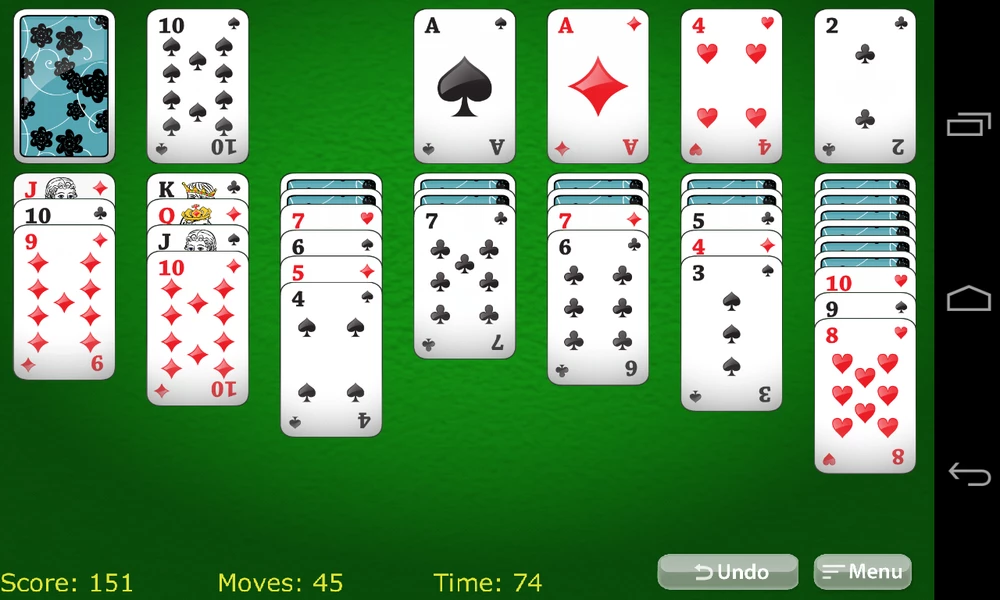Want to improve at chess but don’t have access to a personal coach? The good news is that your most valuable teacher is sitting right in front of you: your last game. Every chess game you play contains a wealth of learning opportunities, strategic insights, and improvement clues if you know how to find them.
Professional chess players spend hours analyzing their games, often with teams of coaches and computer assistance. But self-analysis, when done systematically, can be just as effective for improvement. The key is developing a structured approach that helps you identify patterns, understand your mistakes, and accelerate your chess development.
Here’s a comprehensive guide to becoming your own chess coach through effective game analysis.
Step 1: Set Yourself Up for Success – Play Purposeful Games
Effective analysis begins before you even sit down at the chessboard. The quality of your games directly impacts the value of your analysis, so it’s crucial to create optimal conditions for meaningful play.
Choose Appropriate Time Controls
Blitz games (3-5 minutes) might be exciting and addictive, but they’re notoriously difficult to analyze meaningfully. When you’re playing lightning-fast chess, decisions are often based on intuition rather than calculation, making it hard to understand your thought process afterward.
Instead, focus on games with at least 10 minutes per side, preferably longer. Classical time controls (30+ minutes) provide the best analysis material because they allow for deeper thinking and more deliberate decision-making. These slower games reveal your true understanding of positions rather than just your pattern recognition speed.
Create Consistent Playing Conditions
Try to maintain similar conditions across your serious games: same time of day, similar environment, consistent preparation routine. This consistency helps you identify genuine patterns in your play rather than random variations caused by external factors.
Play With Intent
Before each game, set a specific focus area. Maybe you want to improve your opening development, practice endgame technique, or work on tactical alertness. Having a predetermined focus gives your analysis session clear direction and measurable goals.
Step 2: The Human Review, Understanding Your Thought Process
The most crucial step in game analysis happens without any computer assistance. This human-only review captures the emotional and psychological aspects of your game that engines can’t detect.
Recreate Your Mental State
Go through the game move by move, trying to remember what you were thinking during each decision. Ask yourself specific questions:
- What was my plan in this position?
- Did I consider my opponent’s threats before moving?
- Was I feeling confident, nervous, or rushed?
- Which moves felt natural versus forced?
Identify Critical Moments
Every chess game has 3-5 pivotal moments where the evaluation significantly changes. These critical junctures often occur during:
- Opening transitions to middlegame
- Tactical sequences and combinations
- Endgame conversions or defenses
- Time pressure situations
Mark these positions for deeper analysis. Understanding why these moments were critical helps you recognize similar patterns in future games.
Document Your Emotions
Chess is as much a psychological battle as an intellectual one. Note when you felt:
- Confident about your position
- Uncertain about the best continuation
- Frustrated with your opponent’s play
- Rushed due to time pressure
These emotional markers often correlate with decision-making quality and can reveal important patterns in your competitive performance.
Look for Recurring Themes
Even in a single game, you might notice patterns: consistently weak opening moves, tactical oversights in similar positions, or endgame technique deficiencies. These patterns become even more apparent when analyzing multiple games over time.
Step 3: Engine Analysis—The Technical Perspective
Modern chess engines like Stockfish provide incredibly powerful analysis tools, but they require careful interpretation to maximize their educational value.
Start With Broad Evaluation
Run your game through an engine and look at the overall evaluation curve. This graph shows how the position’s assessment changed throughout the game, revealing:
- Where you gained or lost significant advantage
- How accurately you played in different phases
- Whether you converted winning positions effectively
Focus on Large Evaluation Swings
Pay special attention to moves where the evaluation changed dramatically (±0.5 points or more). These represent either:
- Tactical blunders that lost material or position
- Brilliant moves that seized decisive advantages
- Strategic misunderstandings that gradually worsened your position
Understand the “Why” Behind Engine Suggestions
Don’t just accept that the engine’s move is better—understand why it’s superior. Is it:
- Tactically stronger (wins material or avoids threats)?
- Positionally better (improves piece coordination or pawn structure)?
- Prophylactically sound (prevents opponent’s counterplay)?
This deeper understanding helps you apply similar principles in future positions.
Use Multiple Engine Lines
Modern engines can show several good alternatives for each position. Studying these variations helps you understand:
- Different approaches to the same position
- How slight move order changes affect the position
- Alternative plans you might have missed
Step 4: Extract Practical Lessons—Focus on One Theme
The biggest mistake in game analysis is trying to fix everything at once. Instead, identify one primary lesson from each game and focus on that improvement area.
Common Focus Areas Include:
Opening Preparation: Did you reach a comfortable middlegame position? Were you familiar with the resulting pawn structures and typical plans?
Tactical Awareness: Did you spot all forcing moves (checks, captures, threats) before making decisions? Were you alert to opponent’s tactical possibilities?
Positional Understanding: Did your pieces work together harmoniously? Were you improving your position with each move, or just shuffling pieces aimlessly?
Time Management: Did you use your time effectively, spending more on critical decisions and less on routine moves?
Endgame Technique: In simplified positions, did you know the theoretical principles and apply them correctly?
Create Actionable Improvement Plans
Instead of vague goals like “play better,” create specific, actionable plans:
- “Study the Sicilian Dragon pawn structure and typical piece placements”
- “Practice knight and bishop endgames for 15 minutes daily”
- “Spend 30 seconds on every move looking for opponent threats”
Step 5: Build a Personal Improvement Database
Consistent record-keeping transforms individual game analysis into a comprehensive improvement system.
Maintain a Game Journal
Document key insights from each analysis session:
- Date and opponent information
- Opening played and resulting position evaluation
- Critical mistakes and their corrections
- Emotional state and external factors
- Primary lesson learned
Track Recurring Patterns
After analyzing 10-20 games, clear patterns will emerge. You might discover that you:
- Consistently struggle in rook endgames
- Miss tactical shots involving back-rank weaknesses
- Lose focus in time pressure situations
- Play passively with the black pieces
Set Improvement Priorities
Use your pattern recognition to establish study priorities. If 60% of your losses involve tactical oversights, tactical training should be your primary focus. If you consistently reach inferior positions from the opening, opening preparation deserves attention.
Celebrate Progress
Note improvements as well as mistakes. Did you successfully execute a tactical combination? Handle time pressure better than previous games? Apply a recently studied endgame technique? Recognizing progress maintains motivation and reinforces positive changes.
Advanced Analysis Techniques
Compare with Master Games
When you reach interesting middlegame positions, search databases for similar positions played by strong players. How did masters handle comparable situations? What plans did they pursue?
Analyze Your Opponents
Study your opponents’ games as well as your own. Understanding their strengths and weaknesses helps you prepare for future encounters and recognize when opponents make mistakes you can exploit.
Review Analysis Sessions
Periodically review your previous analysis notes. Were your initial assessments accurate? Have you successfully addressed identified weaknesses? This meta-analysis helps refine your self-coaching abilities.
Common Analysis Pitfalls to Avoid
Over-reliance on Engine Evaluations: Engines excel at tactical calculation but sometimes miss human factors like practical playing chances or psychological pressure.
Analysis Paralysis: Don’t spend hours analyzing every move. Focus on critical positions and actionable insights rather than exhaustive move-by-move coverage.
Ignoring Time Factors: Consider the time situation when analyzing decisions. A move might be objectively inferior but practically strong under time pressure.
Focusing Only on Mistakes: Balance error correction with recognizing good decisions and successful plans.
Your Path to Chess Improvement
Self-analysis is a skill that improves with practice. Your first analysis sessions might feel awkward or unproductive, but persistence develops better analytical abilities and deeper chess understanding.
Remember that even world champions continue analyzing their games throughout their careers. Magnus Carlsen regularly posts analysis of his tournament games, demonstrating that learning never stops, regardless of skill level.
The beauty of self-analysis lies in its accessibility and immediacy. Every game you play becomes a customized lesson plan designed specifically for your improvement needs. With patience, consistency, and systematic approach, you can become your own most effective chess coach.
Start with your next game. Play thoughtfully, analyze thoroughly, and watch your chess understanding deepen with each analytical session. Your future chess self will thank you for the effort.



